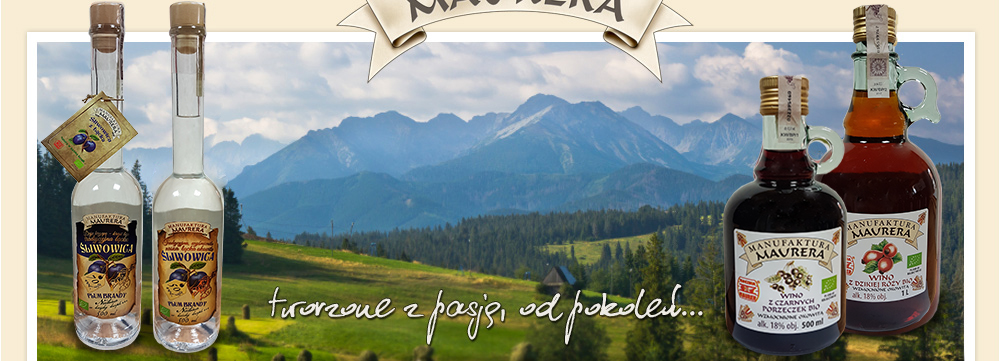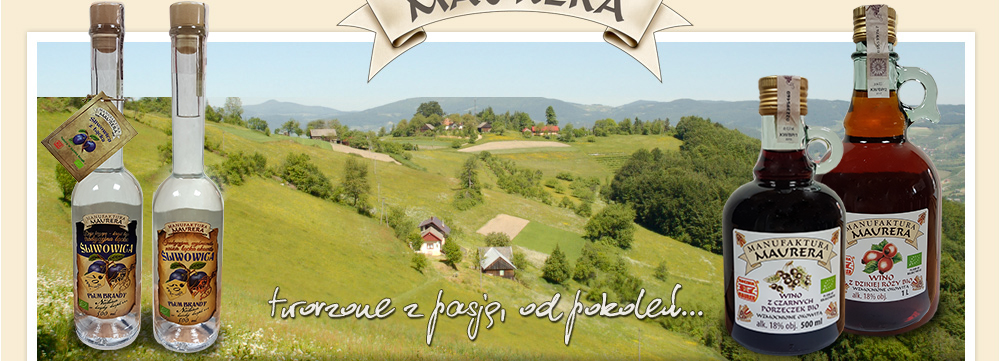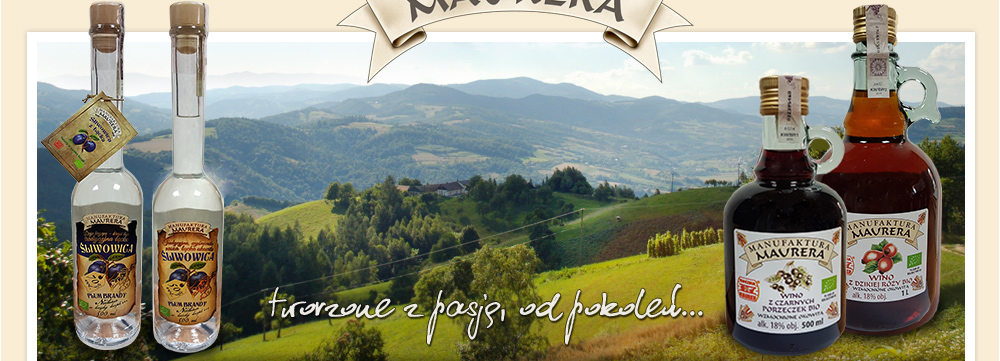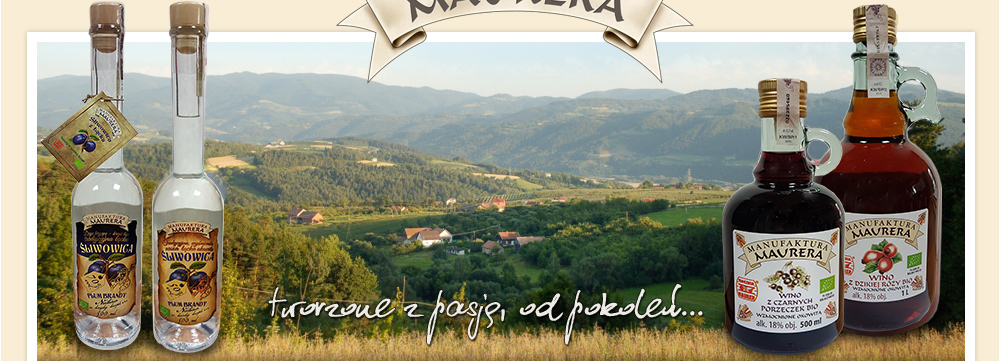Distillates
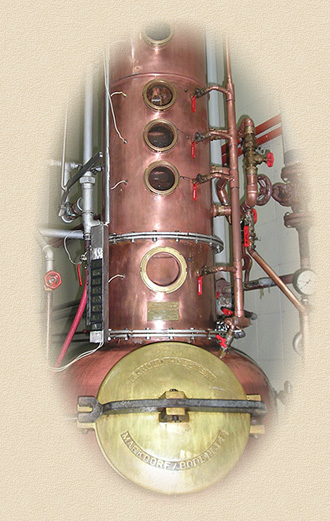 The basic raw material for the production of distillates was originally wine obtained from grapes. Then, producers also started using the fermentation of fruits, grains, potatoes and sugar molasses, thus obtaining new types of spirits, such as wine spirit, fruit spirit, grain spirit, potato spirit and molasses spirit.
The basic raw material for the production of distillates was originally wine obtained from grapes. Then, producers also started using the fermentation of fruits, grains, potatoes and sugar molasses, thus obtaining new types of spirits, such as wine spirit, fruit spirit, grain spirit, potato spirit and molasses spirit.
Years later, probably in the 8th century, Arabian alchemists in Spain made the first distillation of wine, that is so-called the burning of wine, thus obtaining a liquid with higher alcohol content. After seasoning this liquid with honey, herbs and other aromatic additions, they made so-called Elixirs - the most valuable therapeutic agents. Their preparation was considered to be the greatest secret of contemporary scholars well-kept for several hundred years. The first description of the distillation apparatus dates back to the end of the 13th century and was found in the treaty on wine of a French scholar and academic professor, Arnold de Villeneuve. The apparatus described by him was composed of a vessel heated in a stove, a cooler in the form of a tube immersed in a barrel with water and a receiver.
Since that time, the production of alcohol from wine , that is so-called „water of life” (aqua vitae), was known in Europe. It was slowly improved until the 19th century when modern distillation and rectification apparatuses were created. Such apparatuses allowed to obtain rectified spirit of high strength (currently reaching 96,8°) and almost perfectly refined of all by-products always forming during the fermentation.
In Poland, so-called 'the burning of vodka' practised from the early Middle Ages has already been well known in the 16th century, which is proven by antique books found in our libraries. In the work of Stefan Falmierz published in 1534 in Cracow, there is a chapter entitled 'O paleniu Wódek z ziół'. Detailed deliberations of Jurek Potański in the book entitled 'Wódka lub Gorzałka' published in 1614 are also very interesting. There is such a poem (originally reading as follows):
„Chocia w Polsce gorzałka od dawnych lat znacie
A wżdy do niey takich cnót , które ma – nie znacie
Przeczytajcieteż tę książeczkę Gorzałkopijowie
Obaczycie, jaką moc ma - ratować zdrowie”
In that time, the distillation of vodka took place in a primitive way, the first real distillery of alcoholic beverages was founded by Jan Baczewski in Lviv at the end of the 18thcentury (1792); its products gained common recognition soon.
In the People's Republic of Poland, the spirit industry was industrialized, big distilleries of flavoured vodkas were founded producing wide range of both cheap and popular vodkas as well as expensive and delicious alcoholic beverages. These products, however, were necessarily adapted to the habits of average consumers. By producing distillates in a traditional and home way by 'burning' mashes of the most beautiful, healthy, fresh and ripe fruits, the distillers can make aquavits which, in terms of the intensity of aroma and flavour, will suit to individual tastes.
In principle, all types of pome fruits, stone fruits and berries, including also semi-precious fruits and wild fruits, are fit for processing into fruit distillates. Processing of plums, apples and pears is the most common in our national conditions.
Continuing the long tradition of Highlanders of Łącko, Maurer's Manufactory would like to offer to you fruit aquavits in several flavours, naturally fermented, traditionally distilled, and properly matured. Thank to it, they can acquire a proper bouquet of flavour and aroma.
Texts from the publication of Jan Cieślak „Technologie wódek” and „Domowy wyrób win” were used in the description.

